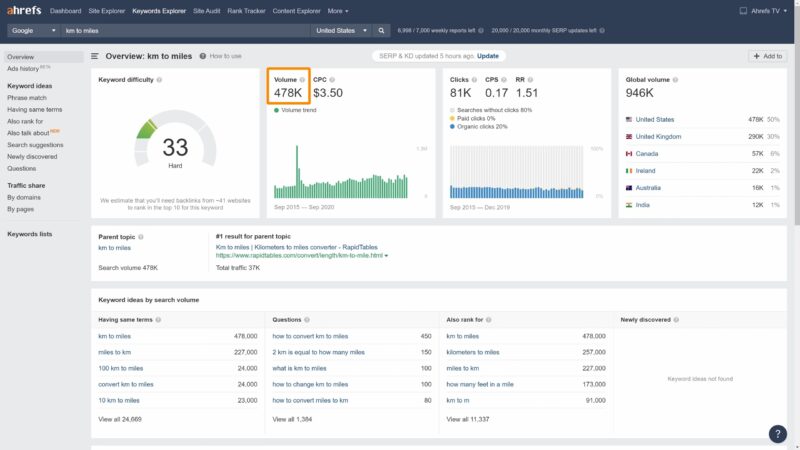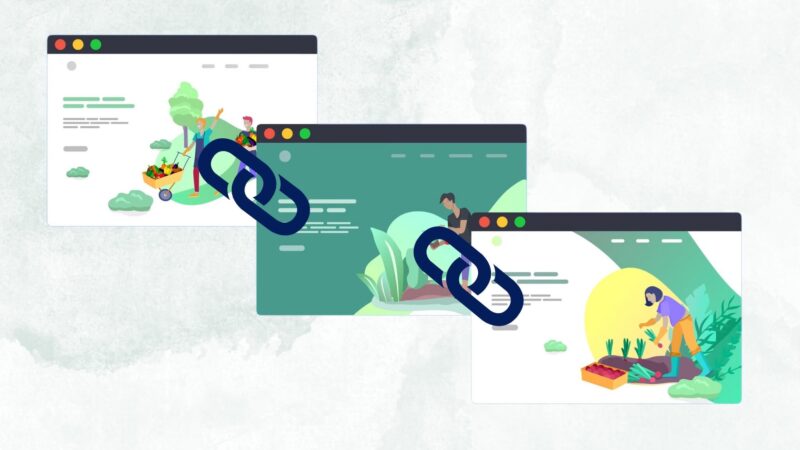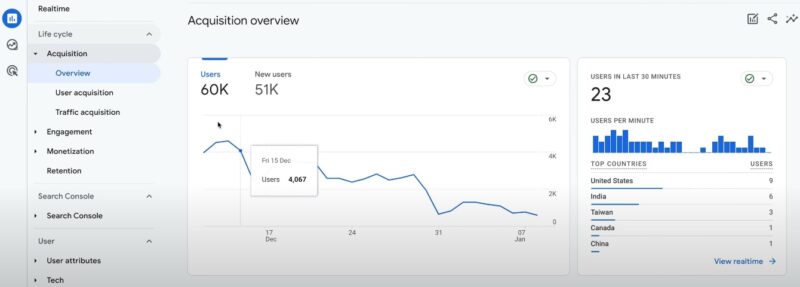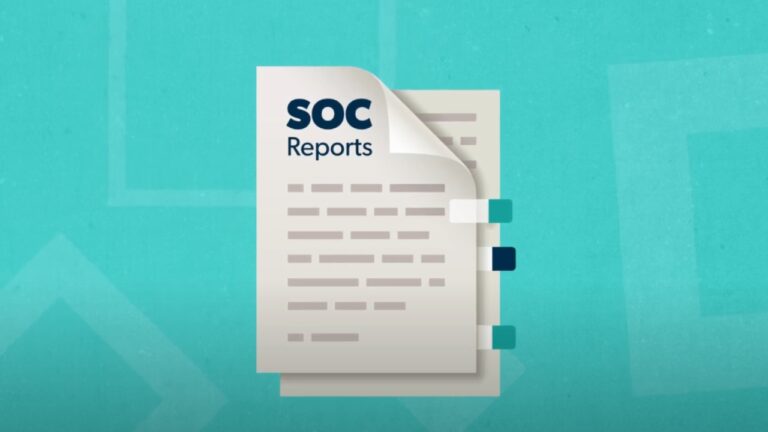With 53.3% of website traffic coming from organic search and SEO driving 1000%+ more traffic than organic social media, the importance of SEO in today’s digital ecosystem is undeniable.
It’s a gateway for startups to make their products or services visible to potential customers who turn to search engines for research before making a purchase.
With 49% of marketers acknowledging organic search’s superior ROI, the economic argument for SEO is clear.
Let me show you just how impactful it can be and how can you achieve it.
Keyword Research and Selection

Keyword research forms the bedrock of effective SEO, enabling startups to tap into the phrases and questions their potential customers are using. Given that more than 60% of shopping occasions begin online, understanding and utilizing the right keywords becomes crucial for startups.
The process involves identifying low-competition yet highly relevant keywords that align with the startup’s offerings. It can significantly improve visibility in search results, making it easier for the 53% of consumers who research products via search engines to find your startup.
Modern SEO practices advocate for a focus on creating content that addresses a wide array of related keywords and topics, moving away from outdated practices like keyword stuffing or the reliance on latent semantic indexing (LSI) keywords.
While keyword research is multilayered, let me provide some quick steps on how to conduct it:
| Step Number | Step Title | Description |
|---|---|---|
| 1 | Find keyword ideas | Generate ideas based on key terms, related searches, long-tail keywords, and LSI (Latent Semantic Indexing). |
| 2 | Check the keyword difficulty and search volume | Evaluate the actual difficulty of ranking for keywords and their search volumes, considering not just the numbers provided by tools but also related and long-tail variants. |
| 3 | Determine user intent | Analyze what users are looking for when they search for the keywords, such as whether they intend to buy, research, or seek information. |
Instead, the emphasis is now on developing topical depth and establishing authority within a specific niche.
Building Authority
Establishing topical depth is pivotal for startups to demonstrate their expertise and authority within their niche. The process involves creating clusters of content that go deeply into core topics, offering valuable insights and solutions to your audience.
Each piece of content in a cluster focuses on a particular aspect of the main topic, linked to a central “pillar” page that provides an overview of the topic at large. Doing this right signals to search engines that your website is a credible source of information, boosting your visibility in search results.
Automating the process of identifying relevant topical clusters can streamline content strategy, making it more efficient to create a topical map that guides content creation.
Tools and platforms that analyze keywords, trends, and competitor content can offer insights into which topics are most relevant and impactful for your audience.
On-Page SEO
On-page SEO is crucial for ensuring your website not only meets the technical requirements set forth by search engines but also provides an engaging and informative experience for users. Crafting compelling page titles and meta descriptions is one of the first steps in this process.
These elements serve as a direct communication channel with potential visitors on search engine result pages (SERPs). Optimizing URL structures and header tags is equally important. URLs that include relevant keywords not only inform users and search engines about the content of the page but also improve the page’s relevance to specific search queries.
Similarly, using header tags (H1, H2, H3, etc.) effectively organizes your content, making it easier for readers to navigate and for search engines to understand the hierarchy and relevance of the information on the page. Matching content with search intent is another critical aspect of on-page SEO.
This requires understanding the reasons behind user searches and ensuring that your content addresses those needs directly.
Internal and External Linking Strategies
Effective linking strategies are crucial for SEO success.
Internal Linking

Internal links are hyperlinks that point to other pages within the same domain. They are essential for several reasons:
- Internal links help establish an information hierarchy for your website
- From a user’s perspective, internal links facilitate smoother navigation across your website.
- Internal linking also distributes link equity across your website. A well-structured internal linking strategy can boost the ranking potential of other pages by sharing some of the authority of high-value pages with others.
External Linking

External links are hyperlinks that direct users from your website to different domains. These links are equally important for your site’s SEO strategy for several reasons:
- Using external links to authoritative and relevant sources can enhance the credibility of your content.
- By providing external links to further information or resources, you’re adding value to your content.
- While the primary goal of external linking isn’t necessarily to gain reciprocal links, providing high-quality references can encourage other sites to link back to you.
Building Backlinks
Backlinks are among the top-ranking signals used by search engines to determine the relevance and authority of your website. Acquiring high-quality backlinks from reputable sites within your industry can dramatically improve your site’s visibility and rankings.
Building backlinks is a complex procedure, but by no means impossible. Here are some methods you should utilize:
| Method | Description |
|---|---|
| Become a Source For Reporters and Bloggers | Use services like HARO to connect with journalists and bloggers looking for sources, providing valuable information in exchange for backlinks. |
| Publish “Skyscraper” Content | Create and promote comprehensive and authoritative content that adds significant value over existing resources on the same topic. |
| Build Links From Outdated Resources | Identify and reach out to sites that link to outdated resources, offering your updated content as a replacement. |
| Use Content Formats Proven To Generate Links | Focus on creating content in formats like “Why” posts, “What” posts, infographics, and videos, which are more likely to earn backlinks. |
| Publish Ultimate Guides | Create detailed, comprehensive guides on specific topics to become the go-to resource, attracting backlinks naturally. |
| Authority Resource Pages | Target resource pages that link out to high-quality content in your niche by providing them with valuable, relevant additions to their list. |
The process of building backlinks should be approached with a focus on quality over quantity, as backlinks from credible sources carry more weight and can drive more targeted traffic to your website.
Common Mistakes to Avoid
While SEO offers a path to significant growth and visibility for startups, common pitfalls can undermine these efforts.
Overlooking the User Experience
Focusing solely on search engines rather than the actual users can significantly harm your SEO efforts. A common mistake startups make is not prioritizing the user experience (UX) on their websites. UX encompasses everything from site speed, design, navigation, and content layout.
A poor user experience can increase bounce rates and reduce time on site, signaling to search engines that your site may not be a valuable resource, thereby negatively impacting your rankings.
Here are the steps to tackle this UX issue:
| Step Number | Step Title | Description |
|---|---|---|
| 1 | Define project & scope | Outline the project’s goals, scope, and deliverables with stakeholders to identify the problem and plan the project. |
| 2 | Perform UX Research | Conduct user, market, competitive, and product research to gather insights into user needs and market positioning. |
| 3 | Create rough draft of a solution | Brainstorm and visualize initial design concepts through sketching, paper, and digital prototyping. |
| 4 | Design high-fidelity mockups and prototypes | Develop detailed mockups and prototypes that closely resemble the final product, using a design system for consistency. |
| 5 | Conduct usability testing | Validate designs with real users, identifying usability issues and iterating on feedback. |
| 6 | Arrange Design Handoff | Facilitate the transition from design to development, ensuring designs meet technical constraints through collaboration. |
| 7 | Launch your Product | Launch the product, verifying it meets business goals, user experience, and accessibility requirements. |
Keyword Stuffing

In the early days of SEO, filling web pages with excessive keywords was a tactic used to manipulate a site’s ranking in search results. Search engines have evolved, and now penalize sites that engage in keyword stuffing.
This practice not only harms your SEO efforts but also degrades the quality of your content, making it difficult and unpleasant for users to read.
Focus on creating naturally flowing content that thoughtfully includes keywords in a way that adds value to your readers.
Neglecting Mobile Optimization

With the increasing prevalence of smartphones and tablets, mobile optimization has become non-negotiable.
Since 63% of Google searches in the United States occur on mobile, neglecting mobile users can result in a significant loss of traffic and potential customers. Mobile-friendliness has become a major factor in search engine rankings, especially after Google’s mobile-first indexing update.
A mobile-optimized site should load quickly, be easy to navigate on a smaller screen, and provide an overall user experience that is comparable to its desktop counterpart. Ensuring your website is responsive and mobile-friendly is crucial in today’s digital landscape.
Ignoring Analytics

Analytics offer invaluable insights into your website’s performance, from which pages attract the most visitors to how those visitors interact with your content. Ignoring the data provided by SEO analytics tools can leave you blind to both the strengths and weaknesses of your strategy.
Utilizing analytics allows you to make data-driven decisions, helping you to refine your tactics, better understand your audience, and tailor your content to meet their needs more effectively.
Regularly reviewing your site’s analytics should be an integral part of your strategy, enabling you to adapt and evolve in response to real user behaviors and preferences.
The Bottom Line
Search Engine Optimization is complex and it requires a lot of effort to bear fruit. There is no solution for each problem you might encounter.
That is why it is of the utmost importance to strive to follow the latest trends and implement different methods to get the best possible results.
Related Posts:
- How to Validate Your Startup Idea - Idea Screening Explained
- The Role of SEO in Building a Strong Startup Brand
- CuspAI Secures $30M to Revolutionize Material…
- Hebbia Secures Nearly $100M Series B for AI Document…
- Seed Funding Explained - Prepare, Pitch and Get…
- How To Grow Your Startup Without External Capital -…









